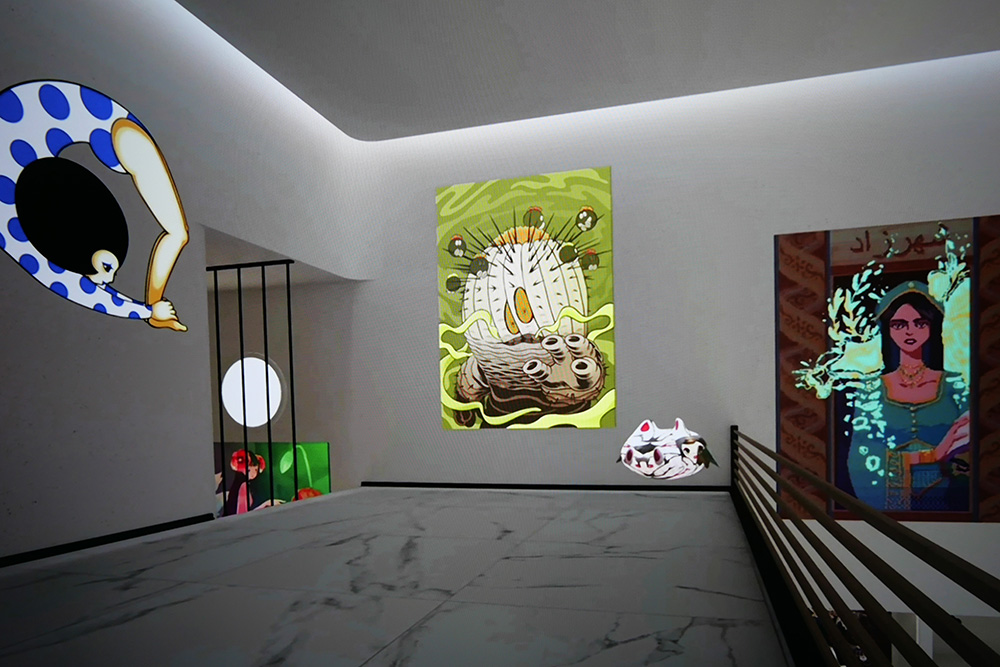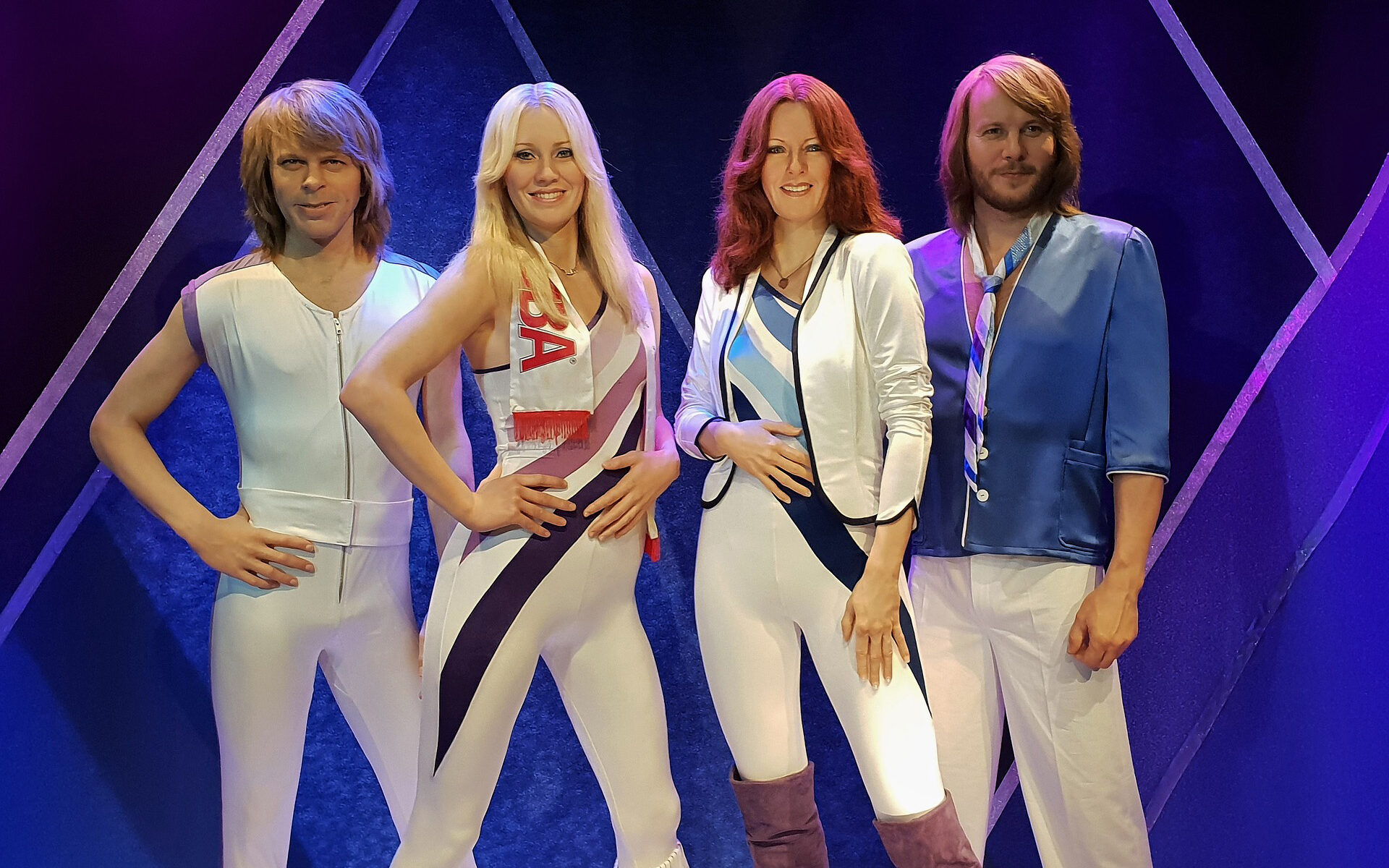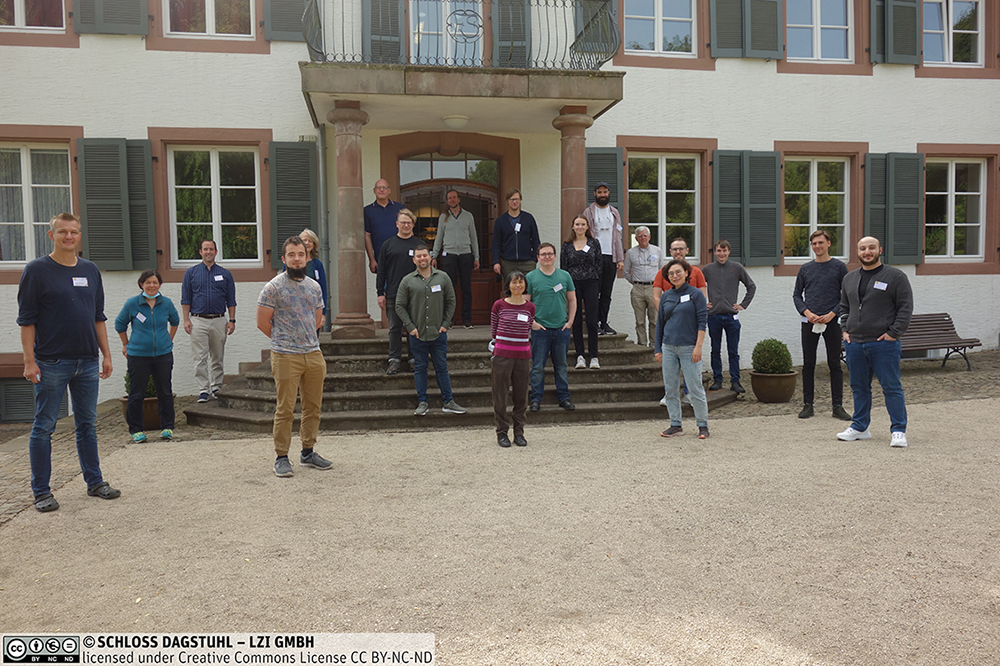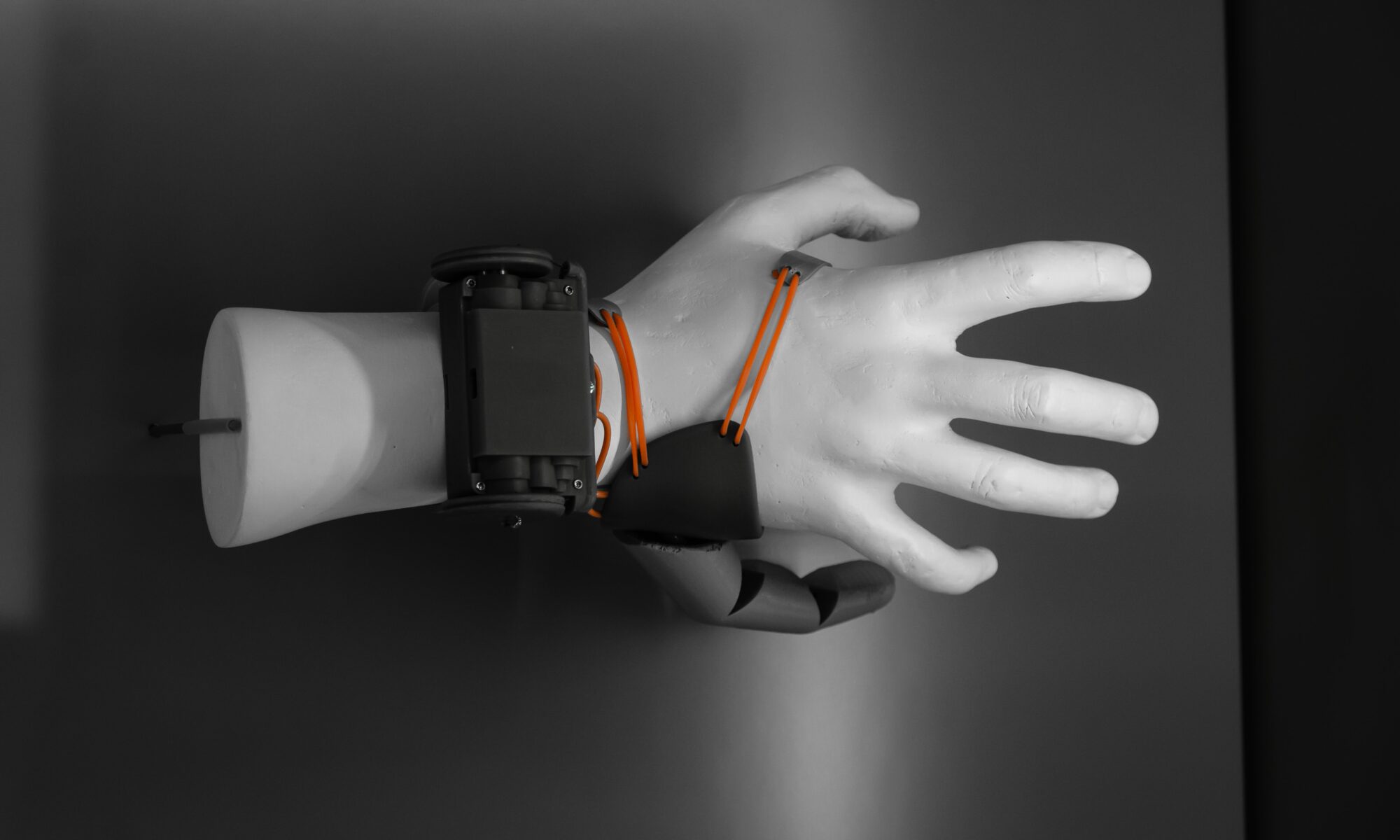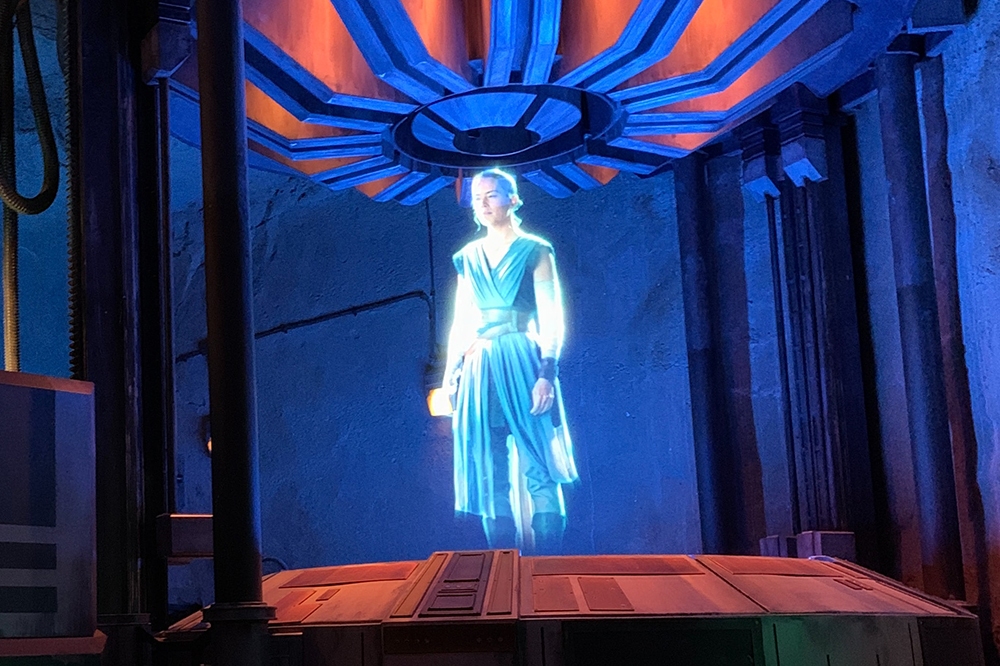Jasmine Lu and Pedro Lopes of the University of Chicago published a paper in late 2022 describing the integration of an organism – the single-celled slime mold Physarum Polycephalum – into a wearable. From the abstract: “Researchers have been exploring how incorporating care-based interactions can change the user’s attitude & relationship towards an interactive device. This is typically achieved through virtual care where users care for digital entities. In this paper, we explore this concept further by investigating how physical care for a living organism, embedded as a functional component of an interactive device, also changes user-device relationships. Living organisms differ as they require an environment conducive to life, which in our concept, the user is responsible for providing by caring for the organism (e.g., feeding it). We instantiated our concept by engineering a smartwatch that includes a slime mold that physically conducts power to a heart rate sensor inside the device, acting as a living wire. In this smartwatch, the availability of heart-rate sensing depends on the health of the slime mold – with the user’s care, the slime mold becomes conductive and enables the sensor; conversely, without care, the slime mold dries and disables the sensor (resuming care resuscitates the slime mold).” (Lu and Lopes 2022) The paper “Integrating Living Organisms in Devices to Implement Care-based Interactions” can be downloaded here.
Metaverse Exhibition at Biennale Arte 2022
The 59th International Art Exhibition (Biennale Arte 2022) runs from 23 April to 27 November 2022. The main venues of the Biennale are Giardini and Arsenale. In the northern part of Arsenale, visitors will find many rooms with screens showing art projects around and from the Metaverse. The “1st Annual METAVERSE Art @VENICE”, an exhibition conceived by Victoria Lu, a famous art critic and curator of the Chinese artistic world, opened with gEnki, an interactive exhibition that exploits the potential of the Internet and virtual reality. “The exhibition offers a new model of ‘decentralized autonomous curatorship’, exploring various innovative and always different exhibition methods using all the main features of the ‘DAO’ (short for Distributed Autonomous Organization), therefore crowdfunding, co-construction, interconnection of platforms, high level of decentralization, all adapted to the curational concept.” (Flyer gEnki) The exhibition is very inspiring and shows how the Metaverse could become if it would not only follow commercial considerations. More information via annualmetaverseart.com.
The Ukrainian President as a Hologram
“Leia in ‘Star Wars’, who as a hologram delivers a message, Darth Vader, who forges plans with the imperator even though they are far apart from each other, William Riker in ‘Star Trek’, who moves on the holodeck through artificial landscapes, Major in ‘Ghost in the Shell’, who walks through a city while fish are swimming in the air next to her, Officer K in ‘Blade Runner 2049’, who lives together with a holographic assistant and meets holographic dancers and singers (Frank Sinatra under glass and Elvis Presley on stage) – fictional holograms make an appearance in all these instances.” (Oliver Bendel, “Hologram Girl“, 2018) According to the Guardian, Volodymyr Zelenskiy referenced Star Wars and the second world war as he appeared as a hologram (or pseudo-hologram) at a conference in Paris to seek aid from big tech companies. “He told a crowd of hundreds at the VivaTech trade show that he was offering technology firms a unique chance to rebuild Ukraine as a fully digital democracy.” (Guardian, June 17, 2022) The British newspaper quotes him as saying: “It’s unusual for presidents or heads of government to use a hologram to address people but this is not the only aspect of Star Wars that we are putting into practice” (Guardian, June 17, 2022). The Ukrainian president is not only following in the footsteps of Leila, but also of ABBA, who are currently causing a sensation with their avatars at concerts in London.
The ABBAtars in London
ABBA are currently performing in London – but the four band members are being represented by their avatars. The ABBAtars, as they are called, appear very perfect. They have the facial expressions, gestures, and movements of the originals. Knowing how they look today, you think they fell into the fountain of youth. They look like they did in the ’70s. You see every detail of the faces, bodies, and suits and dresses. And they appear three-dimensional. You could call them quasi- or pseudo-holograms. The band has been performing their songs for weeks. Systems captured their movements when they danced and their emotions when they sang. Most of all, motion capture was used. The four wore special full-body suits with markers attached to them. In addition, facial expressions were recorded, mainly to be able to show emotions. 160 cameras filmed Agnetha, Björn, Anni-Frid, and Benny from all sides. The faces were then digitally rejuvenated – and apparently also the bodies. ABBA is probably writing cultural history with this project. The avatars and their movements are unusually perfect. In addition, there are real people, a live band playing with the four ABBAtars. The show is very elaborate. It is a new business model – in principle, you can give several concerts a day, 365 days a year. At least if you leave out the live band. On Deutschlandfunk Kultur, early in the morning of May 27, 2022, moderator Dieter Kassel spoke with Prof. Dr. Oliver Bendel about the ABBA show Voyage in London and the ABBAtars. Oliver Bendel published the chapter “Hologram Girl” in the 2019 Springer book “AI Love You“.
Dagstuhl Report on Trustworthy Autonomous Systems
On February 18, 2022, the Dagstuhl Report “Conversational Agent as Trustworthy Autonomous System (Trust-CA)” was published. Editors are Effie Lai-Chong Law, Asbjørn Følstad, Jonathan Grudin, and Björn Schuller. From the abstract: “This report documents the program and the outcomes of Dagstuhl Seminar 21381 ‘Conversational Agent as Trustworthy Autonomous System (Trust-CA)’. First, we present the abstracts of the talks delivered by the Seminar’s attendees. Then we report on the origin and process of our six breakout (working) groups. For each group, we describe its contributors, goals and key questions, key insights, and future research. The themes of the groups were derived from a pre-Seminar survey, which also led to a list of suggested readings for the topic of trust in conversational agents. The list is included in this report for references.” (Abstract Dagstuhl Report) The seminar, attended by scientists and experts from around the world, was held at Schloss Dagstuhl from September 19-24, 2022. The report can be downloaded via drops.dagstuhl.de/opus/volltexte/2022/15770/.
Bodyhacking as Movement, Enhancement, and Adaptation
In November 2021, “Mensch. Maschine. Kommunikation” (eds. Sarah Brommer and Christa Dürscheid) was published by Narr. The two editors introduce the topic in “Mensch-Mensch- und Mensch-Maschine-Kommunikation”. In the “Mensch-Mensch-Kommunikation via Maschine” part, the contributions come from Linda Bosshart (“WhatsApp, iMessage und E-Mail”), Roberto Tanchis and Leonie Walder (“Animojis”), Mia Jenni (“Die weinende, virtuelle Influencerin”), and Florina Zülli (“‘Neuer Partner’ in den Warenkorb hinzufügen?”). The part “Mensch-Maschine-Kommunikation I: Kommunikation mit Robotern” is represented by Ilona Straub (“Die Mensch-Roboter-Interaktion”), Jana Seebass (“Roboter als Partnerersatz”), Rahel Staubli (“Vertrauen in Lio und Co.”), and Andrea Knoepfli (“Mit welchen Strategien erzeugen Pflegeroboter Vertrauen?”). The part “Mensch-Maschine-Kommunikation II: Kommunikation mit Assistenzsystemen” is the work of Julia Degelo (“Der wütende Mann, die höfliche Frau – und die Frage nach dem Dazwischen”) and Ann Fuchs and Zora Naef (“Smart Homes im öffentlichen Diskurs”). The book (part “Exkurs: Mensch. Maschine. Menschmaschine”) is concluded by Oliver Bendel with his contribution “Chips, Devices, and Machines within Humans”. He discusses “Bodyhacking as Movement, Enhancement, and Adaptation”. The publication can be downloaded for free here.
The Hologram Girl Grew Up
Japanese company Gatebox has taken its holographic assistant to a new level in 2021 with the unveiling of Gatebox Grande. This is reported by HYPEBEAST. The hologram, which is now the size of an adult, is displayed on a 65-inch screen and can be used for applications such as a digital concierge or as an advisor and salesperson in a shopping mall. This makes the intelligent assistant a competitor to social robots like Pepper, Cruzr, and Paul. Inside the device “lives” a female anime character named Azuma Hikari, who can be “summoned” by voice or proximity activation. According to HYPEBEAST, she has a range of gestures, facial expressions, and voice tones to enable the most realistic interaction with the user. Life-size holograms will play a big role in the future. However, further research and development work is still needed.
Hyundai Now Creates Tigers
Hyundai Motor Group has revealed a robot named TIGER, which stands for Transforming Intelligent Ground Excursion Robot. According to the company, it’s the second Ultimate Mobility Vehicle (UMV) and the first designed to be uncrewed. “TIGER’s exceptional capabilities are designed to function as a mobile scientific exploration platform in extreme, remote locations. Based on a modular platform architecture, its features include a sophisticated leg and wheel locomotion system, 360-degree directional control, and a range of sensors for remote observation. It is also intended to connect to unmanned aerial vehicles (UAVs), which can fully charge and deliver TIGER to inaccessible locations.” (Media Release, 10 February 2021) A video can be viewed here. With TIGER, the company has developed a very interesting proof of concept. The combination of legs and wheels in particular could prove to be the solution of the future.
From 2D to 3D Codes
3D codes have been researched for over 15 years. Even 2D codes can store short texts or other information. However, codes that use color as a third dimension are far superior in this respect. They open up numerous fields of application and raise technical, economic and ethical questions. According to a press release, the JAB Code of the Fraunhofer Institute for Secure Information Technology SIT – JAB stands for “Just Another Barcode” – is on its way to becoming an international ISO standard. “Job references, training certificates and wills, but also proof of authenticity for products can be secured with JAB Code.” (Press release Fraunhofer SIT, 26 June 2020) Furthermore, longer texts can be stored. Already in 2010 Oliver Bendel has published a book with QR codes from which haikus could be read offline. In the same and the following year he scientifically dealt with 2D and 3D codes. A longer article on the topic from 2011 can be found here – the teaser and the link are included in in this 3D code, which can be scanned via www.jabcode.org. A 2D code also manages a text like that, but already has an enormous complexity. Waldemar Berchtold from Fraunhofer SIT explains: “With eight colours, readability is robust, with the smartphones available on the market. Whereas with more than eight colours, reliable readability with older smartphones cannot be guaranteed across the board.” More about the Fraunhofer Institute project at www.sit.fraunhofer.de/de/presse/details/news-article/show/bunter-barcode-wird-iso-standard/.
Towards Self-replicating Machines
In recent decades, there have been several attempts to supplement traditional electronic storage media. 3D codes with color as the third dimension are an interesting approach. They can be applied to paper or film, for example. Another approach has now been presented by researchers from Switzerland and Israel. They are able to generate artificial DNA and place it in any object. From the Abstract: “We devised a ‘DNA-of-things’ (DoT) storage architecture to produce materials with immutable memory. In a DoT framework, DNA molecules record the data, and these molecules are then encapsulated in nanometer silica beads, which are fused into various materials that are used to print or cast objects in any shape. First, we applied DoT to three-dimensionally print a Stanford Bunny that contained a 45 kB digital DNA blueprint for its synthesis. We synthesized five generations of the bunny, each from the memory of the previous generation without additional DNA synthesis or degradation of information. … DoT could be applied to store electronic health records in medical implants, to hide data in everyday objects (steganography) and to manufacture objects containing their own blueprint. It may also facilitate the development of self-replicating machines.” (Abstract) The approach could also be interesting for robots. They could, for example, reproduce themselves on Mars. The article with the title “A DNA-of-things storage architecture to create materials with embedded memory” has been published in NATURE BIOTECHNOLOGY and can be accessed via www.nature.com/articles/s41587-019-0356-z.epdf.

